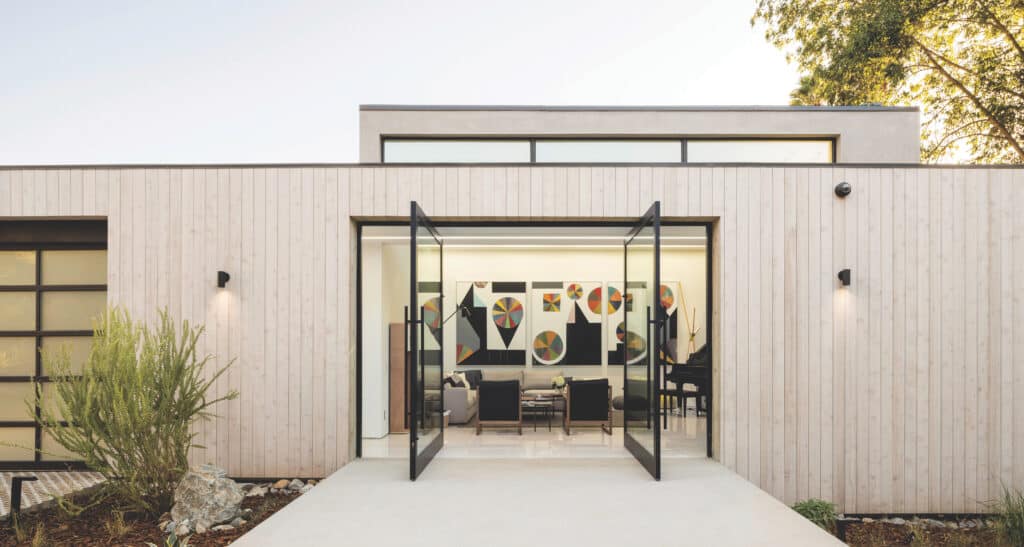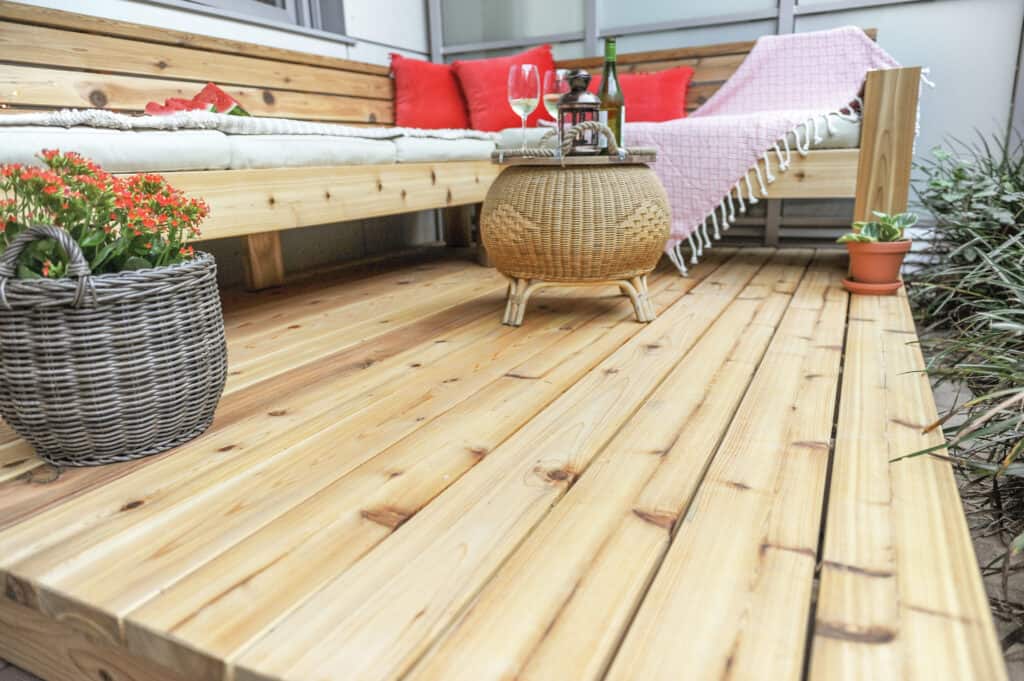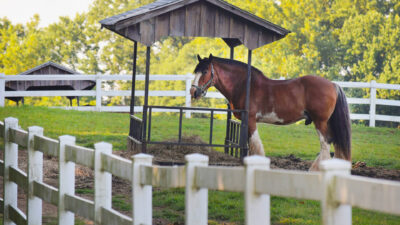In the late 19th century the Irish poet and playwright Oscar Wilde popularized the expression, Imitation is the sincerest form of flattery. A century and a half later, the expression has not only become common usage, but also appears to be an apt descriptor of the marketing approach many wood-substitute decking and siding companies are taking.
Now before anyone accuses me of being biased towards Softwoods, I want to state that this is not being written with the intent of disparaging or discrediting wood-substitute companies; it’s being written as an examination of the claims many of these companies are making on how close they are to looking like real wood species such as Western Red Cedar, and why they are leaning so heavily on these claims.
When it comes to choosing materials for building or renovations, most of us go through a decision-making process that begins with a preconceived idea of what we think we want. This can be based on previous experience; on a recommendation; from an inspirational photo or video, or from any number of other sources. The next stage, however, is when we start weighing the benefits.
Cost is obviously an important factor, and budget will play a decisive role. But the majority of the time it’s the look of the product (or how the finished project will look) that is the primary motivator. So it’s no coincidence that many wood-substitute decking and siding companies highlight their look, and in particular how closely they look like real wood and the effort they’ve made to get that close.

An example from TimberTech recently caught my attention: “Unrivaled real wood looks.” I’m as guilty of using advertising hyperbole as the next person, so making superiority claims is nothing I can hold against them. But does TimberTech really think nothing looks as real as their product? Really? I’d suggest real wood rivals it. I’ll even go so far as to say real wood actually looks more real than their product, but I get what they’re trying to do.
While another claim from TruLog, an aluminum log siding producer, isn’t as bold as TimberTech’s, it does stand out for its sheer bravado: “A wood alternative siding that looks like Cedar.” I say bravado because in no remote way does this product even come close to looking like Cedar. I’m sure it’s a fine product in its own right, but seriously, go online and see for yourself. Saying it looks like Cedar is like stating that a Toyota Corolla is a driving alternative to a classic Porsche 911 Targa. Corollas are perfectly sensible cars; but they’re not Porsches.
TimberTech also made a telling comparison recently. In describing their competitors’ wood-substitute products, they stated that “…[their] boards already look fake and plastic-y – far from the beauty of traditional wood.” This is an interesting observation in that TimberTech is using traditional wood -and not their own product- as the high standard their competitors aren’t reaching. This is like a cola company saying their competitor’s soda is bland and uninteresting- far from the refreshing taste of pure water. So why wouldn’t I just have a glass of water?

Plant-based food companies make meat-substitute products for people who choose not to eat meat. To my knowledge, however, not one of these companies ever compares their product to real meat. I suppose it would be comically unappetizing to claim that your plant-based burger is a “meat-alternative burger that tastes like beef”, or that it has “unrivaled real-meat taste”. And it would verge on the absurd if one made the competitive claim that a rival’s burger “already tastes fake and plastic-y – far from the flavor of traditional meat.” I suppose there are enough reasons to compel someone to not eat meat -health, ethics or the environment, for example- that no comparison is needed. They still make them look like burgers and sausages, though. It would be a hard sell if they didn’t.
Obviously wood substitutes and vegan burgers are completely unrelated. Choosing a decking or siding material is a much greater investment and will be far more thoroughly deliberated: cost; maintenance; longevity, and sustainability and effect on the environment are all commonly cited as being factors. Composite companies have had the biggest impact on Softwoods by promoting their maintenance and environmental messages; both of which have negatively and erroneously affected consumers’ perceptions of real wood. I’ll assume anyone reading this is familiar with the accuracy of those messages, and the many benefits of using real wood that are in addition to its looks. And this is why it’s so important for organizations like ours to keep educating consumers on why species like Western Red Cedar are a smart, attractive, and environmentally responsible choice. If all the benefits for using real wood are there, including the fact that it looks more like real wood than what composite companies are trying to emulate, then why wouldn’t you use it?
I’ll close by quoting one last claim from a cement composite siding company: “Better than the real thing.” Is it really, though? Try that line out when you give your fiancé a fake diamond, or your kid knock-off Air Jordans.
Usually the best way to look like the real thing is to simply buy the real thing.
Established in 1954, the WRCLA is the voice of the Cedar industry and has members in 132 locations throughout North America.






